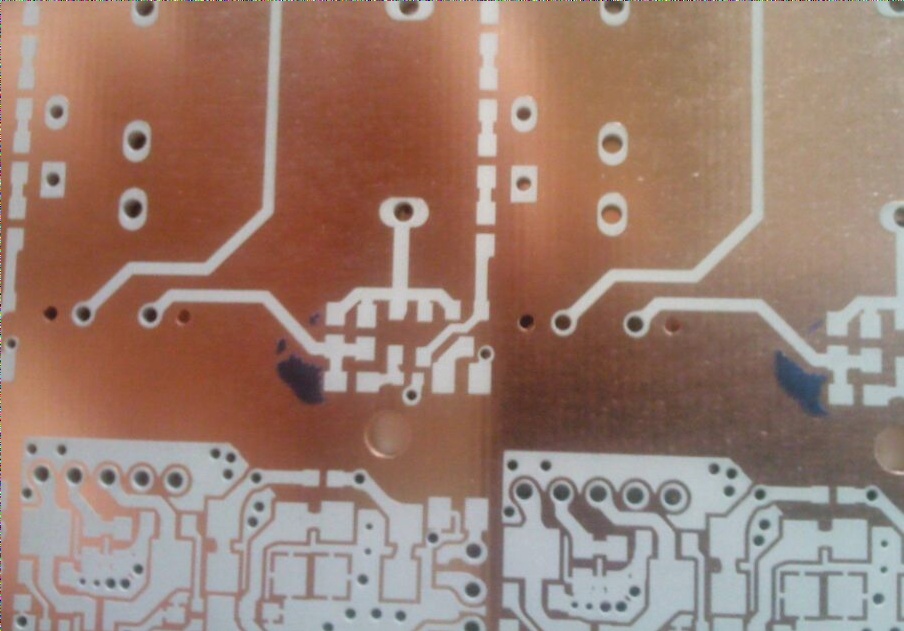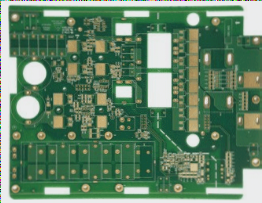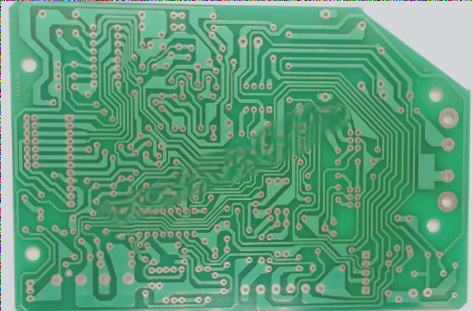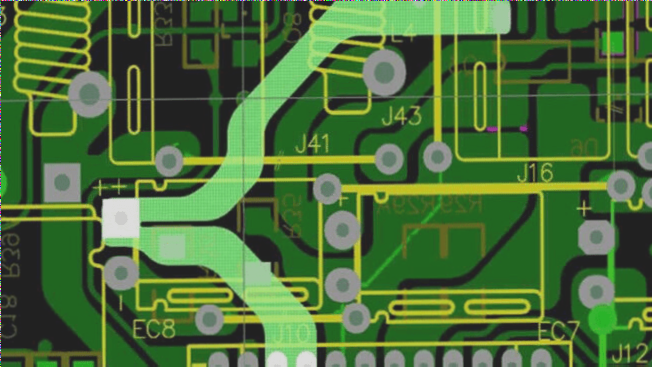Considerations for Selecting Microwave PCB Circuit Board Substitutes
- Dielectric properties should be a priority when selecting a substitute Microwave PCB Circuit Board. Factors to consider include the type and thickness of copper foil, environmental adaptability, processability, and cost.
- Two types of copper foil are available: 35 μm and 18 μm. Thinner foils, like 18 μm, offer higher graphic precision. Calendered copper foil is currently preferred over electrolytic copper foil for improved accuracy.
- Substrates with aluminum liners enhance performance but complicate graphic and contour processing, leading to longer production cycles.
- Rogers’ TMM series substrates present challenges in pattern and contour processing. TMM10, densely filled with ceramic powder, is prone to damage and internal cracks, impacting yield.
- Environmental adaptability is crucial, with substrates needing to meet the required ambient temperature range.
Influences on Substrate Selection
- Porosity affects substrate selection, especially for through-hole metallization in microwave PCBs. Choosing a substrate with a smaller Z-axis thermal expansion coefficient can minimize the risk of metallized hole fractures under varying temperatures.
- Humidity can impact base material selection, as increased water absorption due to reinforcement materials can affect dielectric properties in high humidity environments.
The structural complexity of microwave PCBs requires stringent dimensional accuracy, with NC milling technology being essential for large production quantities of identical varieties. Microwave PCB design should integrate numerical control processing characteristics to facilitate seamless processing.
Designing microwave boards should balance precision requirements, considering dimensional deformation tendencies of non-metallic materials. Precision concerns primarily arise from deviations in profile processing affecting microstrip line lengths and microwave performance.
Manufacturing microwave PCBs differs significantly from standard boards, serving as structural support, connectors, and signal transmission lines. Various factors, including layer count, material characteristics, and surface coating methods, constrain microwave manufacturing processes tailored to specific requirements.
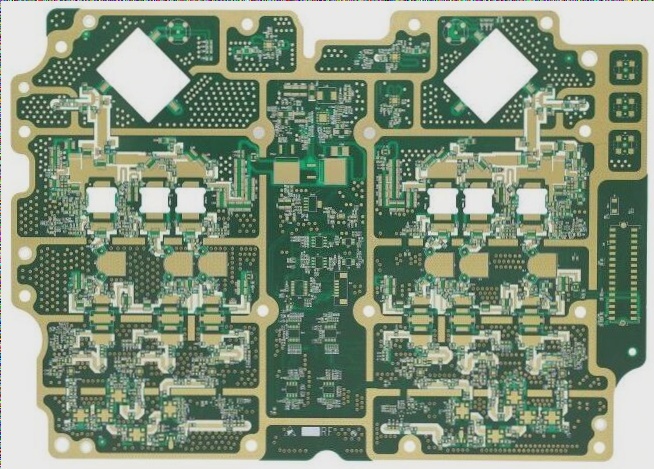
Microwave PCB Manufacturing Advancements
The field of microwave PCB manufacturing is progressing towards more sophisticated processing methods, similar to those used for FR-4 rigid PCBs. This advancement is reflected in the development of multilayer configurations, improved circuit precision, three-dimensional CNC machining capabilities, and a wider range of surface coating techniques.
With the increasing diversity of substrate materials and design requirements, continuous refinement of microwave PCB manufacturing processes is crucial to meet the evolving standards and needs of the industry.

